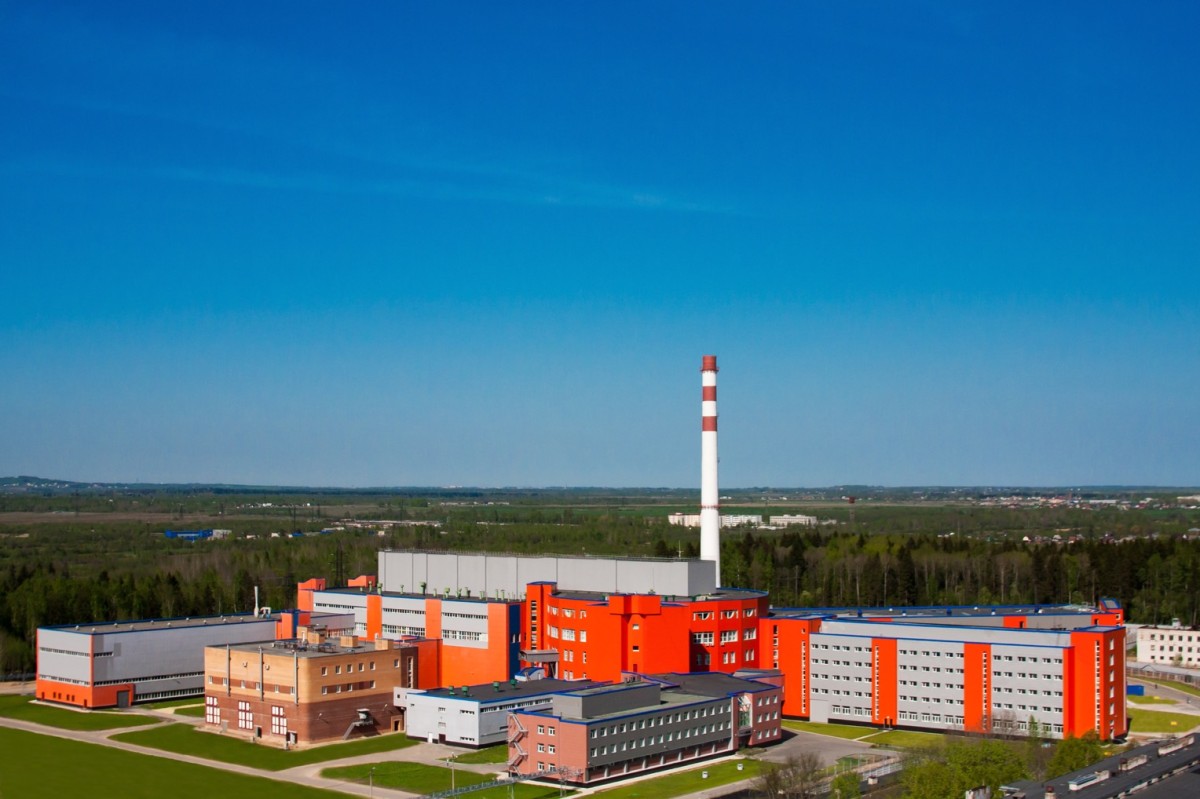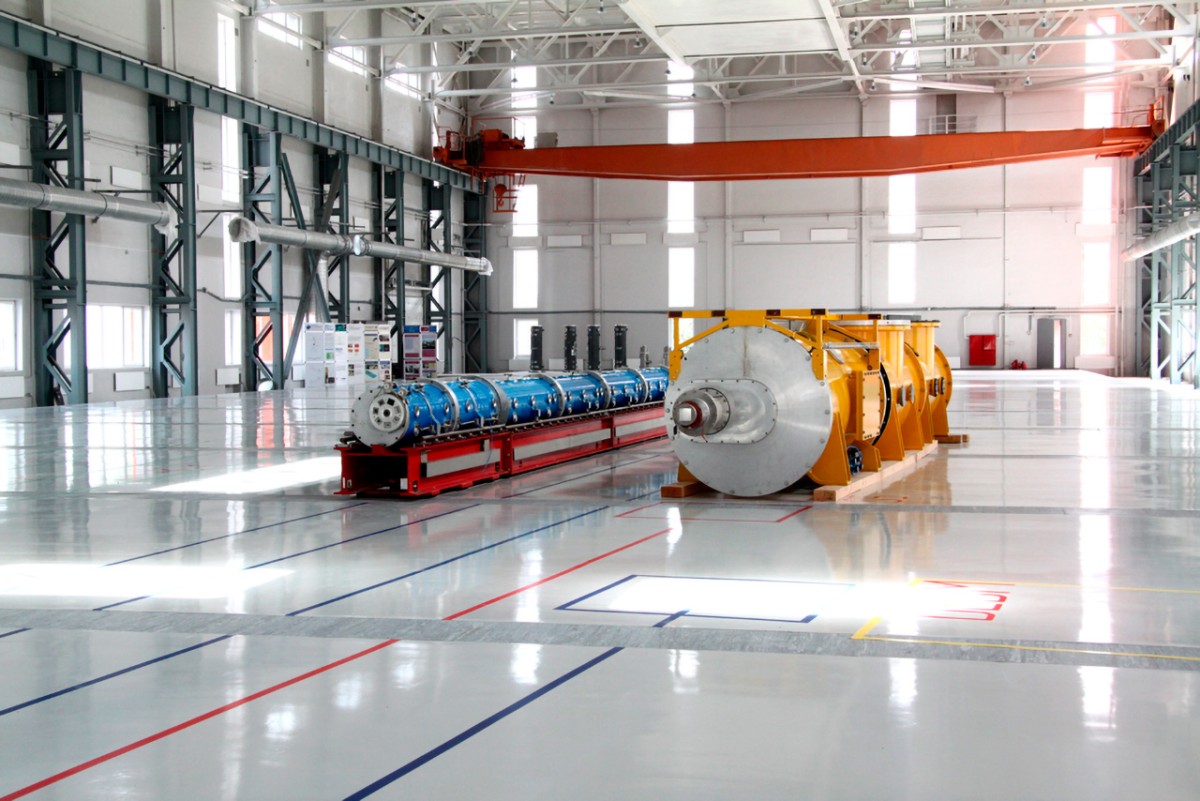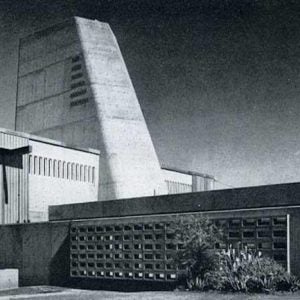 Russia’s Mashinostroitelny Zavod in Elektrostal (MSZ, part of Rosatom Fuel Company TVEL) has manufactured and delivered new second-generation nuclear fuel for the PIK research reactor. The PIK high-flux research reactor at the BP Konstantinov Petersburg Institute of Nuclear Physics (PNPI) in Gatchina (part of the Kurchatov Institute) is the world's largest neutron source.
Russia’s Mashinostroitelny Zavod in Elektrostal (MSZ, part of Rosatom Fuel Company TVEL) has manufactured and delivered new second-generation nuclear fuel for the PIK research reactor. The PIK high-flux research reactor at the BP Konstantinov Petersburg Institute of Nuclear Physics (PNPI) in Gatchina (part of the Kurchatov Institute) is the world's largest neutron source.
PIK, launched in 2021, is a pressurised water reactor, with light water used as a coolant and heavy water as a reflector. Neutron beams escaping from the nuclear reaction zone are removed into special channels of various configurations, each of which is a separate research station. PIK differs from similar foreign projects because of its increased neutron fluxes in the reflector, the presence of a neutron trap with a very high flux and the possibility of irradiating materials in the core. Samples of materials can be loaded through the channels into the reactor core for unique research in physics, biology, and chemistry.
The introduction of the new fuel will make it possible to significantly increase the reactor run time at a power of 100 MW while ensuring the design safety indicators, improve the neutronic characteristics of the core, and increase the operational reliability of the facility. “The design of the new core of the PIK reactor, developed by Rosatom, is optimal in terms of its consumer characteristics,” said Alexander Ugryumov, Senior Vice President for Scientific & Technical Activities at TVEL.
“It provides efficient operating modes and satisfies both modern international requirements for nuclear research facilities and requirements in the field of atomic energy use, which is a priority for the functioning of the International Centre for Neutron Research. In addition, long reactor campaigns will help reduce fuel consumption and, accordingly, reduce the operating costs of the reactor,” he explained.
The project for the upgraded core of the PIK reactor was developed through broad industry cooperation led by designer NA Dollezhal Scientific Research & Design Institute of Power Engineering (JSC Nikiet). The project also involved specialists from the National Research Centre Kurchatov Institute (supervisor), PNPI (customer and consumer), as well as TVEL’s AA Bochvar Research Institute of Inorganic Materials (VNIINM), which developed the fuel rods and burnable absorber rods) and MSZ (nuclear fuel manufacturer).
the National Research Centre Kurchatov Institute (supervisor), PNPI (customer and consumer), as well as TVEL’s AA Bochvar Research Institute of Inorganic Materials (VNIINM), which developed the fuel rods and burnable absorber rods) and MSZ (nuclear fuel manufacturer).
The design of the PIK reactor with a compact core and a heavy water reflector was created in the early 1970s supported by the Ministry of Medium Machine Building of the USSR and the first stage of construction was completed successfully and by 1986, the reactor complex was almost 70% complete. However, after the Chernobyl accident the project was fundamentally revised to upgrade its safety, which took several years until 1991.The project then underwent complex non-departmental examinations, which included seven specialist examinations.
In 1992, international experts and leaders of research reactors in the USA, Germany, France and other countries confirmed its compliance with international safety requirements. However, construction was frozen when PNPI, then subordinate to the Academy of Sciences, lost the support of Minatom (fore-runner of Rosatom). The situation improved when PNPI was included in the pilot project for creation of the Kurchatov Institute Research Center, and construction resumed. After the completion of the construction of start-up complex No 1 in February 2011, the physical start-up of the reactor was carried out at a power of up to 100 watts. The government then decided to establish an International Centre for Neutron Research (ICNR) in the field of fundamental interactions, nuclear physics, medicine, materials science, nanobiotechnologies at PNPI. Some of the experimental stations are being developed jointly with German colleagues.
Image (left): The PIK neutron research facility (courtesy of TVEL)
Image (right): The research reactor core (courtesy of TVEL)






